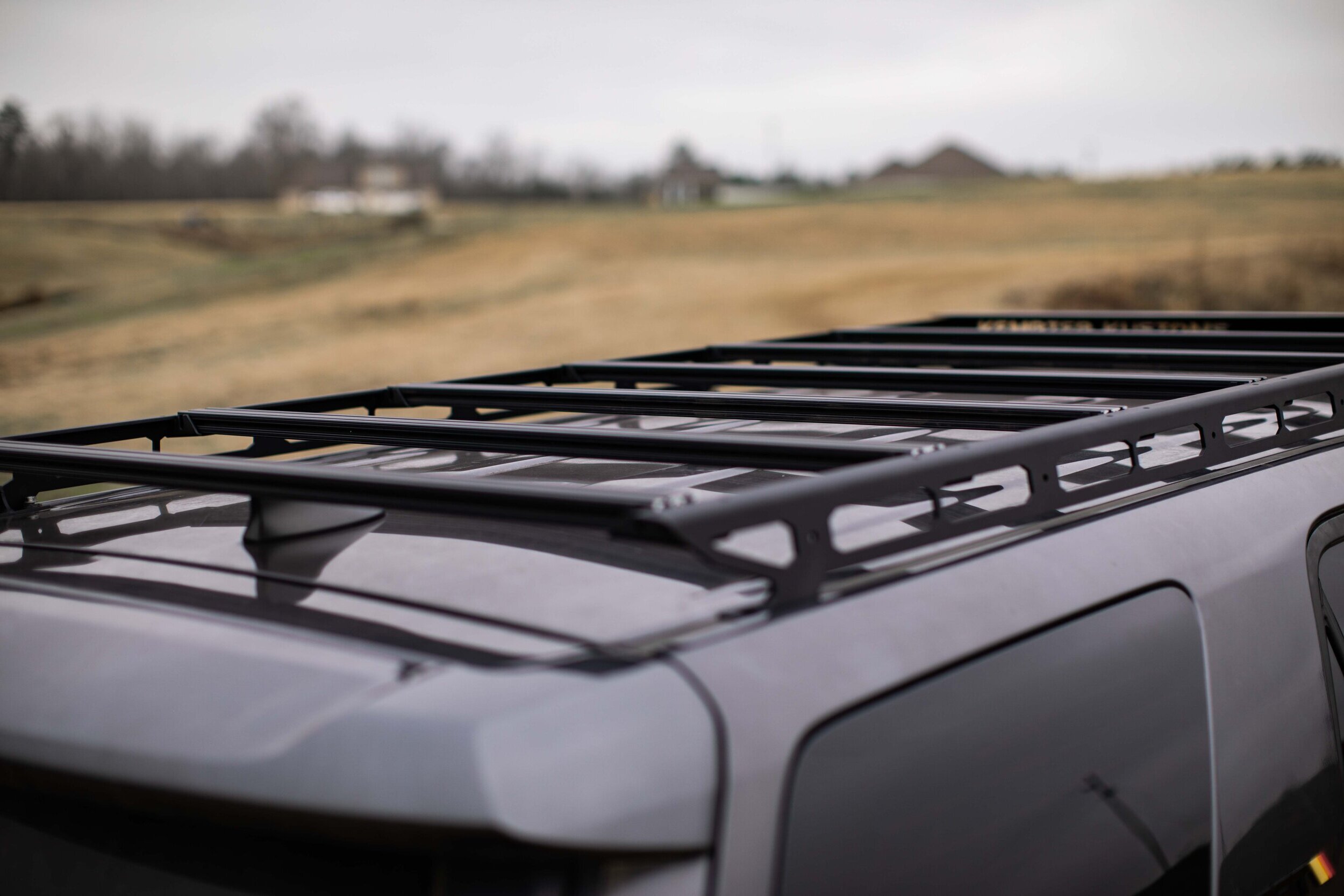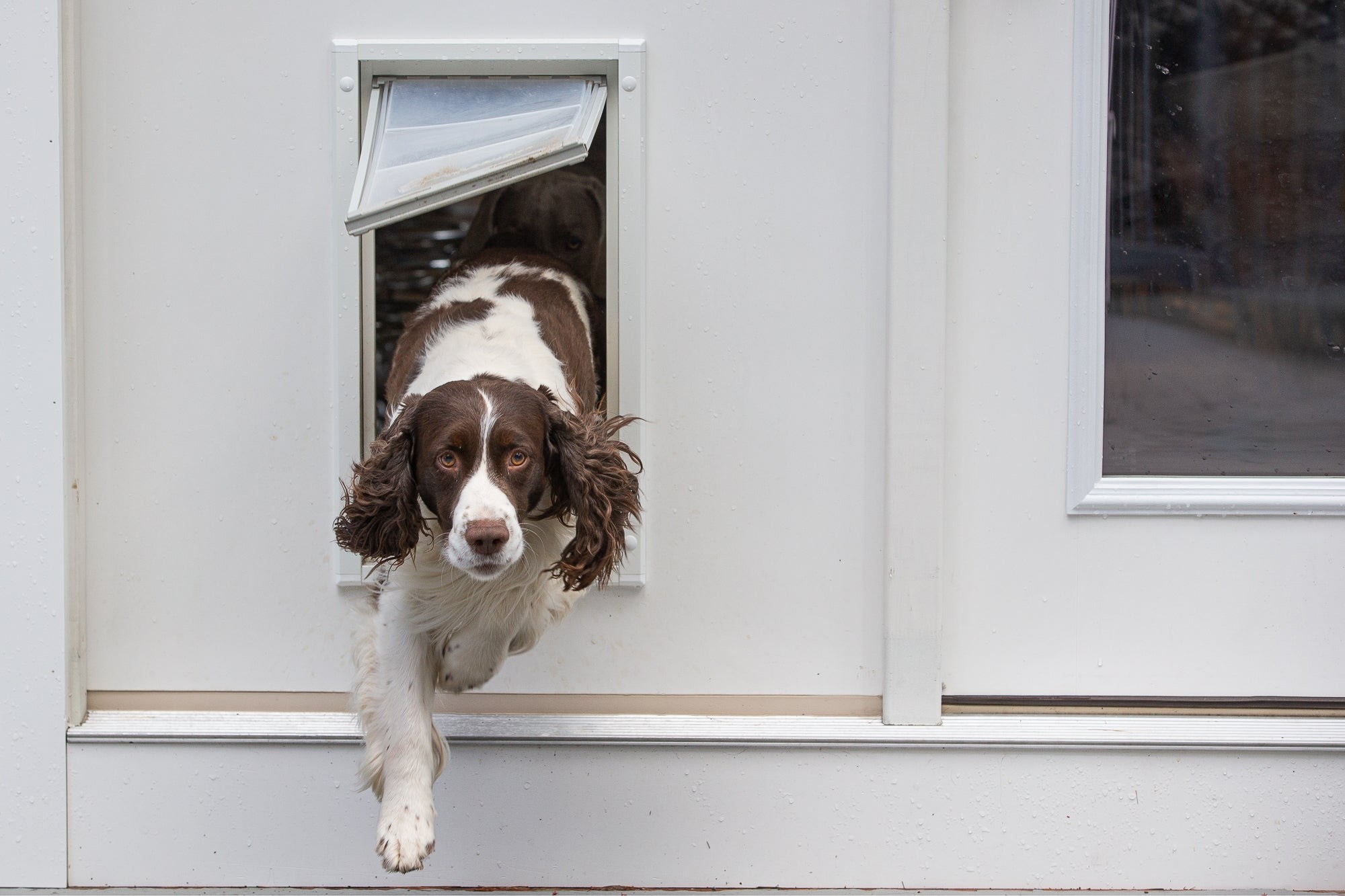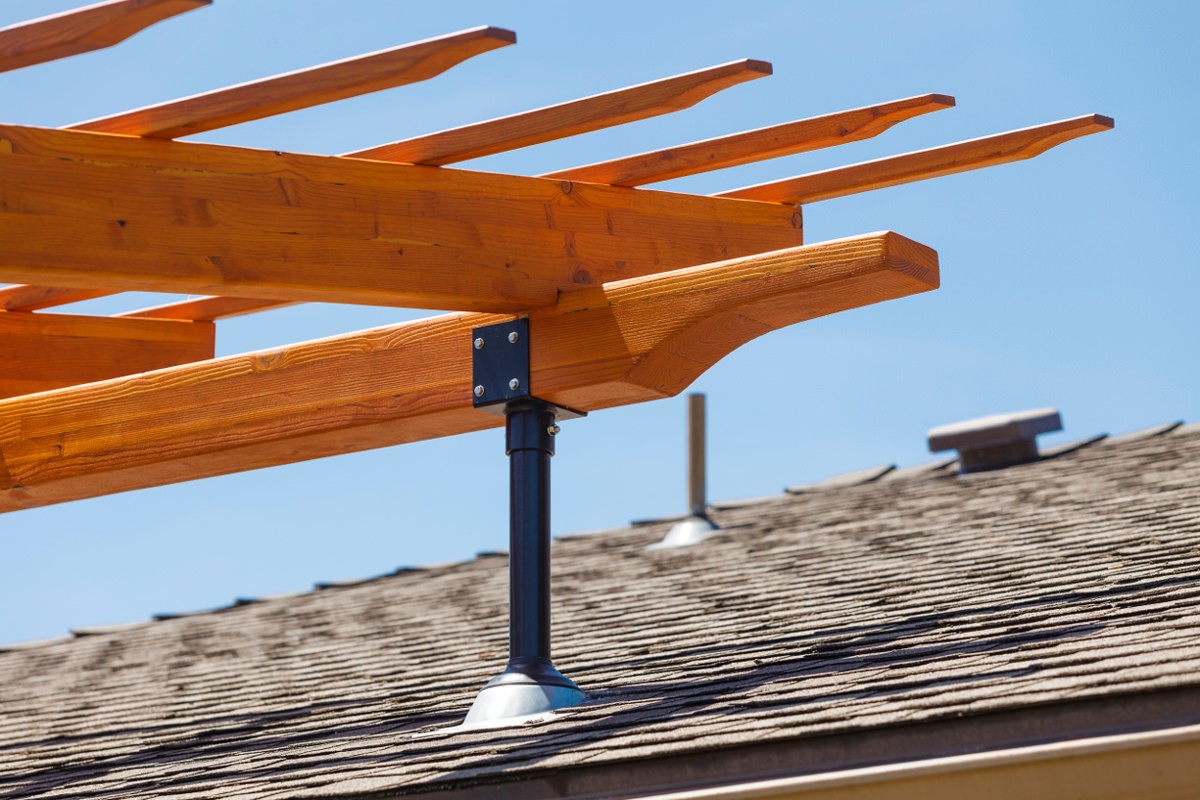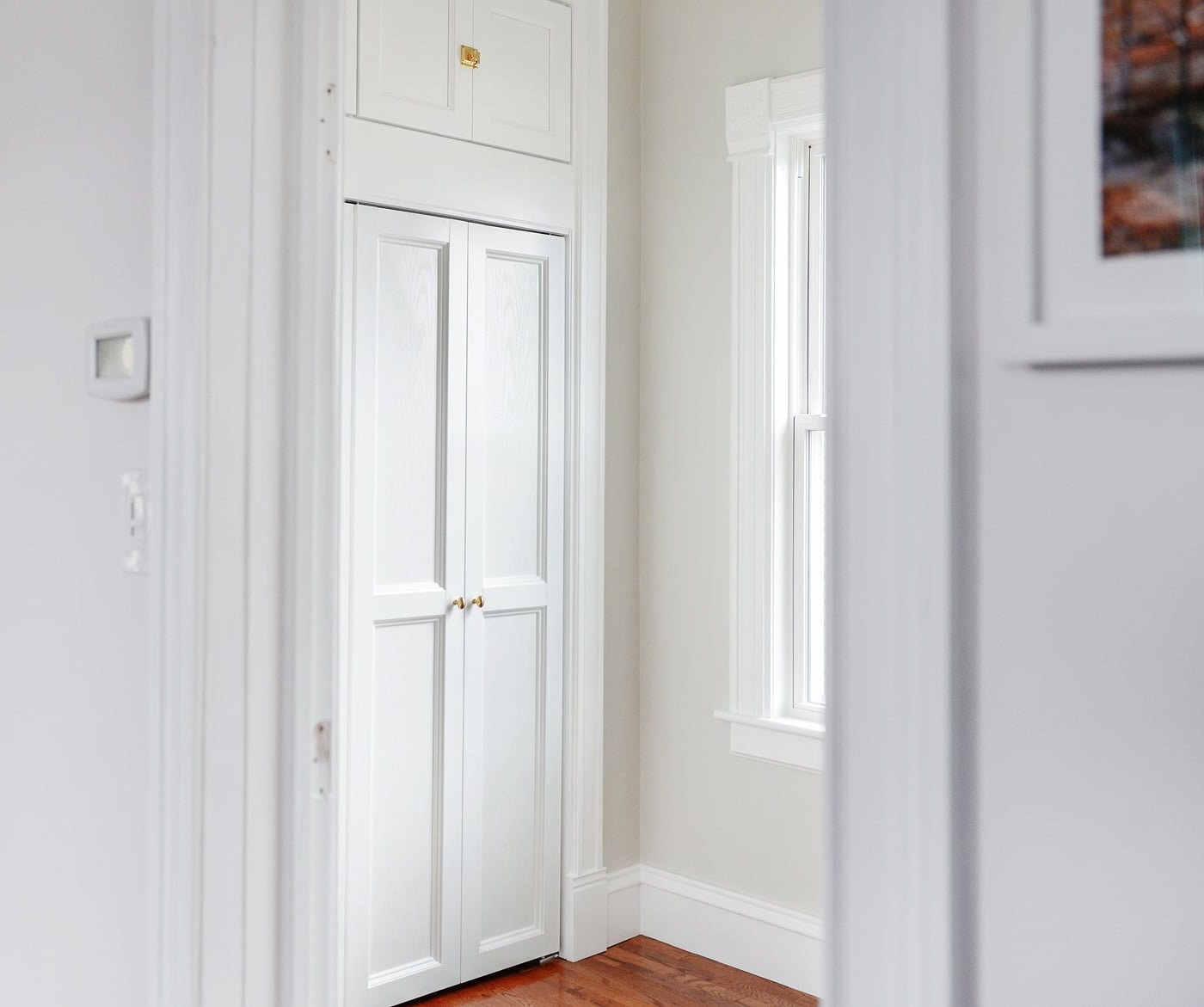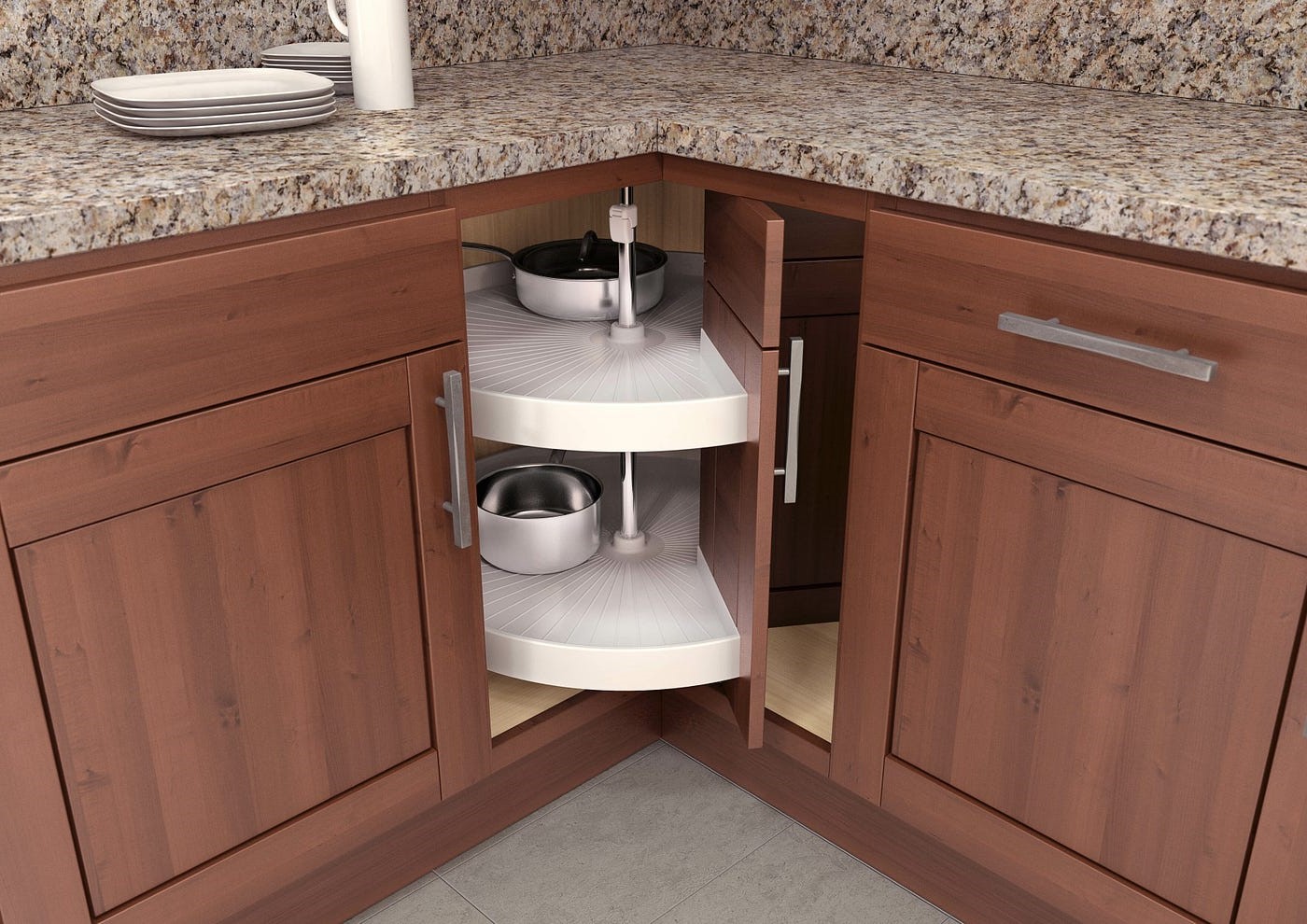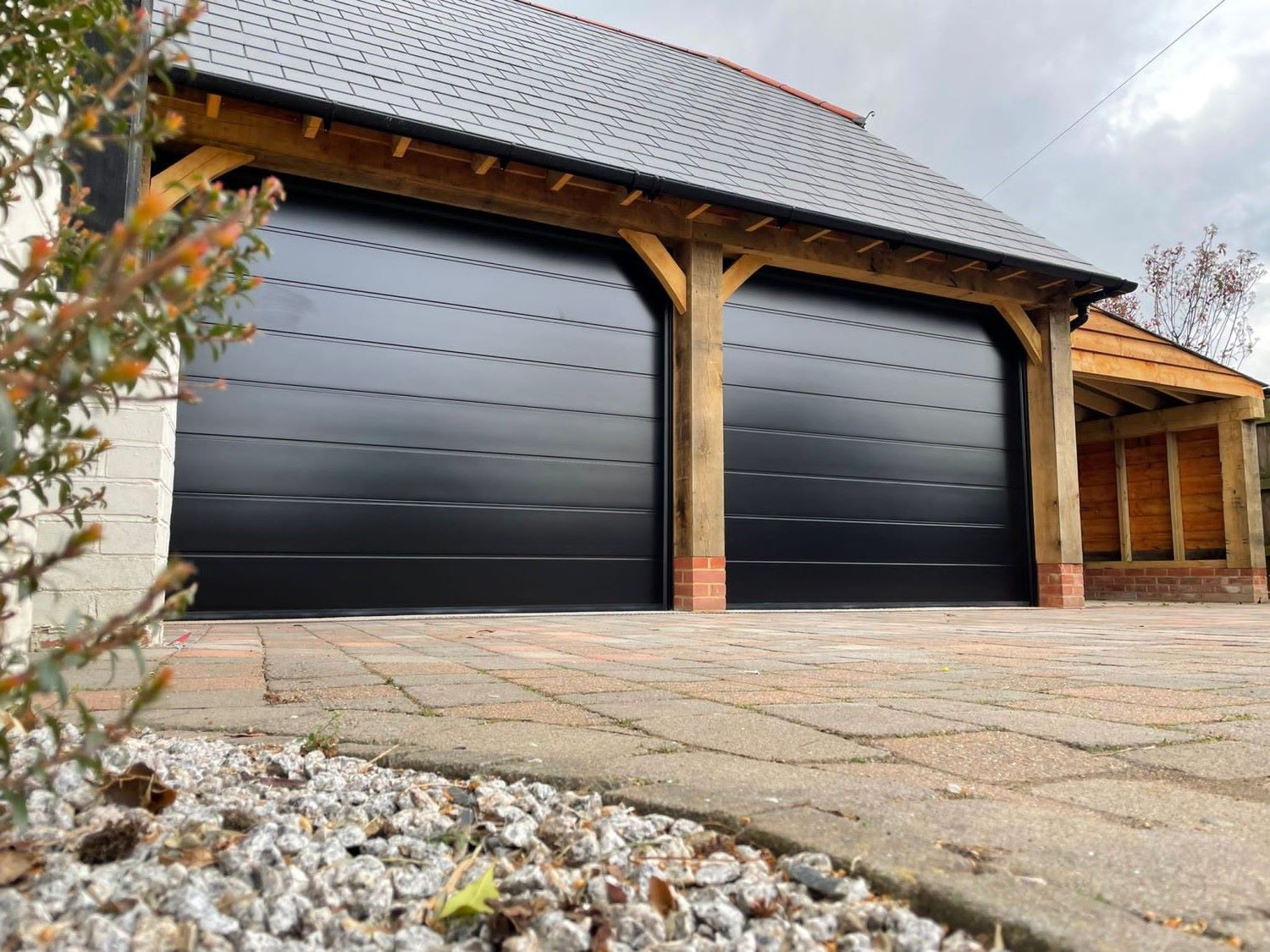Home>Create & Decorate>DIY & Crafts>How To Cut Rafters
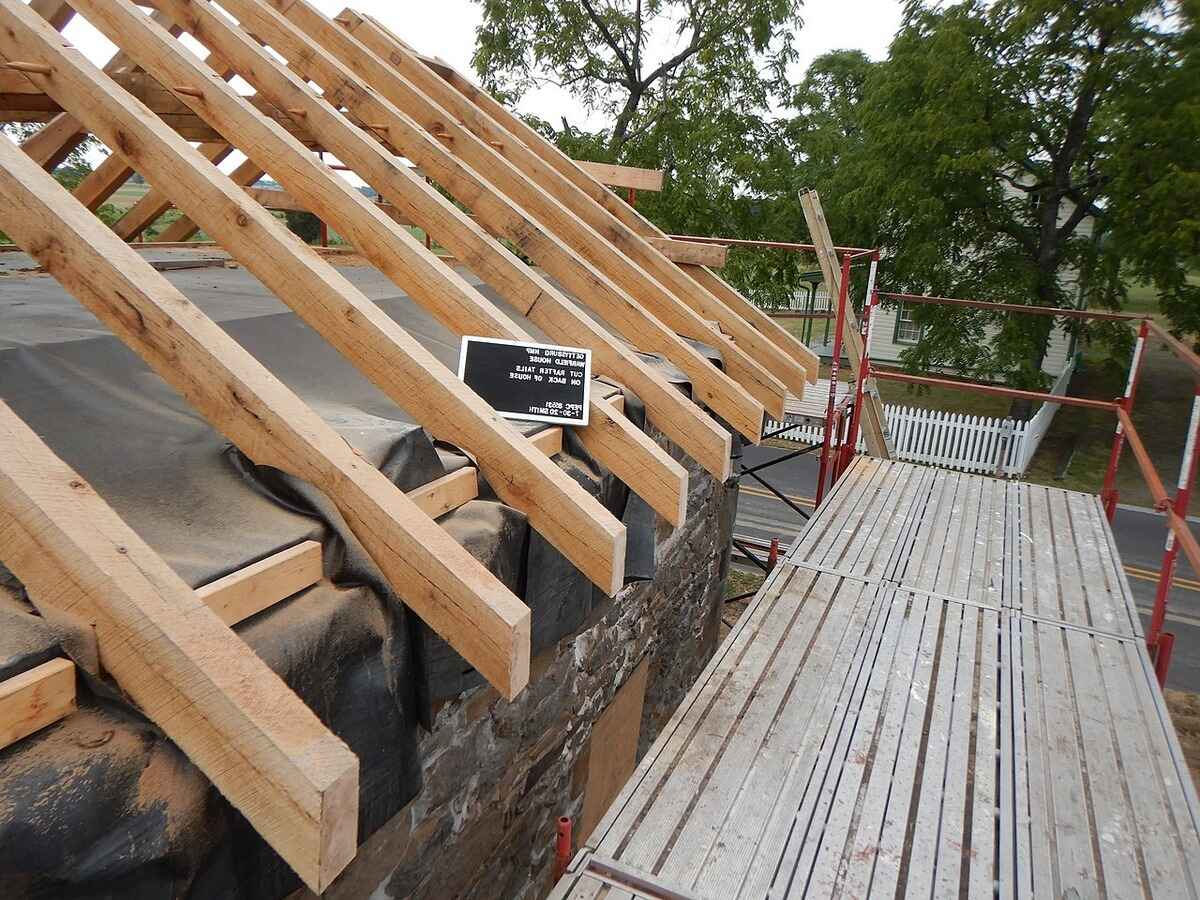

DIY & Crafts
How To Cut Rafters
Published: May 2, 2024

Content Creator specializing in woodworking and interior transformations. Caegan's guides motivate readers to undertake their own projects, while his custom furniture adds a personal touch.
Learn how to cut rafters with our step-by-step DIY guide. Perfect for DIY & Crafts enthusiasts looking to tackle their next project.
(Many of the links in this article redirect to a specific reviewed product. Your purchase of these products through affiliate links helps to generate commission for Twigandthistle.com, at no extra cost. Learn more)
Introduction
So, you're planning to build a new roof or perhaps renovate an existing one, and you're wondering how to cut rafters. Well, you've come to the right place! Cutting rafters is a crucial skill for anyone involved in roof framing, and it's essential to get it right to ensure a sturdy and secure roof structure. In this article, we'll walk you through the process of cutting rafters, from understanding the basics of roof framing to calculating rafter length and pitch, marking and cutting the rafters, and finally installing them in the roof framing. By the end of this guide, you'll have the knowledge and confidence to tackle rafter cutting like a pro. Let's dive in!
Read more: How To Build Rafters
Understanding the Basics of Roof Framing
Roof framing is the backbone of any roof structure, and understanding its basics is crucial before you start cutting rafters. Here are the key elements you need to grasp:
1. Roof Pitch
The roof pitch, also known as the roof slope, refers to the steepness of the roof. It is typically expressed as a ratio, such as 4:12, which means the roof rises 4 inches for every 12 inches of horizontal run. Understanding the roof pitch is essential for determining the rafter length and angle.
2. Rafter
Rafters are the inclined structural members that support the roof deck and its loads. They are typically spaced at regular intervals and run from the top of the roof to the plate or the top of the wall.
3. Ridge Board
The ridge board is a horizontal board that runs along the peak of the roof and provides support for the upper ends of the rafters. It plays a critical role in maintaining the structural integrity of the roof.
Read more: How to Build Craftsman Window Trim
4. Common Rafter and Hip Rafter
Common rafters are the primary rafters that run from the top of the wall to the ridge board, while hip rafters are used in the corners of hipped roofs. Understanding the difference between these types of rafters is essential for proper roof framing.
5. Collar Ties and Ceiling Joists
Collar ties are horizontal members that connect pairs of rafters at a level higher than the wall plate, providing stability to the roof structure. Ceiling joists, on the other hand, are horizontal members that tie the bottoms of the rafters together and support the ceiling below.
6. Building Codes and Regulations
Before embarking on any roof framing project, it's crucial to familiarize yourself with the local building codes and regulations. These codes dictate the minimum standards for roof construction, ensuring safety and structural integrity.
Understanding these fundamental aspects of roof framing sets the stage for accurately calculating rafter length and pitch, marking and cutting the rafters, and ultimately installing them in the roof framing. Now that you have a solid grasp of the basics, let's move on to the next steps in the rafter cutting process.
Calculating Rafter Length and Pitch
-
Measure the Run: The run is the horizontal distance from the outside of the wall's top plate to the centerline of the ridge. Measure this distance accurately, as it directly influences the length of the rafter.
-
Determine the Roof Pitch: Use a level to find the rise of the roof. The rise is the vertical distance the roof ascends for every 12 inches of horizontal run. Once you have the rise, you can calculate the roof pitch. For example, if the rise is 6 feet, the pitch is 6:12.
-
Use the Pythagorean Theorem: To calculate the rafter length, you can use the Pythagorean theorem, which states that the square of the hypotenuse (rafter length) is equal to the sum of the squares of the other two sides (rise and run). The formula is: rafter length = √(rise^2 + run^2).
-
Consider Overhang: If your roof design includes an overhang, remember to add the overhang length to the rafter measurement. The overhang extends beyond the exterior wall and provides additional coverage and protection.
-
Account for Ridge Thickness: When determining the rafter length, consider the thickness of the ridge board. The rafter will extend past the ridge, so factor in the ridge board's width to ensure an accurate rafter length.
-
Check Local Codes: Always consult local building codes and regulations to ensure compliance with any specific requirements related to rafter length, pitch, and overall roof design.
By accurately calculating the rafter length and pitch, you'll ensure that the rafters fit the roof structure perfectly, providing the necessary support and stability. With these calculations in hand, you're ready to move on to the next crucial step in the rafter cutting process.
Read more: How to Build a DIY Kitchen Sink Base
Marking and Cutting Rafters
Once you have calculated the rafter length and pitch, it's time to mark and cut the rafters to fit the roof structure accurately. Here's a step-by-step guide to marking and cutting rafters like a pro:
-
Gather the Necessary Tools: Before you begin marking and cutting the rafters, ensure you have the right tools at your disposal. You'll need a framing square, a pencil, a circular saw, and a handsaw for precision cuts.
-
Mark the Plumb Cut: Start by marking the plumb cut at the top end of the rafter. Use the framing square to create a 90-degree angle, ensuring that the cut is perfectly vertical. This cut will sit flush against the ridge board.
-
Mark the Bird's Mouth: Next, mark the bird's mouth at the bottom end of the rafter. The bird's mouth is the notch that sits on the wall's top plate, providing a secure connection point. Use the framing square to mark the seat cut and the heel cut accurately.
-
Cut the Rafters: With the plumb cut and bird's mouth marked, it's time to cut the rafters. Use a circular saw to make the cuts, following the marked lines precisely. For the bird's mouth, you may need to use a handsaw to complete the notch.
-
Double-Check the Cuts: Once the cuts are made, double-check their accuracy before installing the rafters. Ensure that the plumb cut is perfectly vertical and that the bird's mouth fits securely on the wall's top plate.
-
Label the Rafters: To avoid confusion during installation, label each rafter with its position and orientation. For example, mark them as "Rafter 1, South Side" or "Rafter 2, North Side." This simple step can save time and prevent errors during the installation process.
-
Safety First: Throughout the marking and cutting process, prioritize safety. Wear appropriate protective gear, such as safety goggles and gloves, and exercise caution when using power tools.
By following these steps, you'll be able to mark and cut the rafters accurately, ensuring that they fit seamlessly into the roof framing. With the rafters cut to the precise measurements and angles, you're now ready to move on to the final phase of the rafter cutting process: installing the rafters in the roof framing.
Installing Rafters in Roof Framing
Now that you have the rafters cut to the precise measurements and angles, it's time to install them in the roof framing. This crucial step ensures that the roof structure is sturdy, secure, and capable of withstanding the elements. Here's a detailed guide to installing rafters in roof framing:
-
Prepare the Work Area: Before installing the rafters, ensure that the work area is clear of any debris or obstacles. This provides a safe and organized environment for the installation process.
-
Lift the Rafters: With the help of a partner or a lifting device, carefully lift each rafter into position. Ensure that the plumb cut sits flush against the ridge board, and the bird's mouth securely rests on the wall's top plate.
-
Secure the Rafters: Once the rafter is in position, secure it temporarily using braces or clamps. This prevents any movement or shifting during the installation of additional rafters.
-
Check for Alignment: As you install each rafter, check for alignment and ensure that they are positioned at the correct intervals according to the roof design. Use a level to verify that the rafters are plumb and a straightedge to confirm that they are in line with each other.
-
Attach the Rafters: After confirming the alignment, secure the rafters permanently by nailing or screwing them into place. Follow the specific guidelines provided by the roof design and local building codes for the appropriate fastening methods and spacing.
-
Install Collar Ties and Ceiling Joists: Depending on the roof design, you may need to install collar ties and ceiling joists to provide additional stability and support to the roof structure. Follow the design specifications and building codes for the correct placement and installation of these components.
-
Inspect for Structural Integrity: Once all the rafters, collar ties, and ceiling joists are in place, inspect the entire roof framing for structural integrity. Look for any signs of misalignment, gaps, or inadequate fastening, and address any issues promptly.
-
Consult a Professional: If you encounter any challenges during the installation process or are unsure about any aspect of roof framing, don't hesitate to consult a professional contractor or structural engineer. Their expertise can provide valuable insights and ensure that the roof framing meets the necessary standards.
By following these steps, you can effectively install the rafters in the roof framing, creating a robust and reliable structure that forms the basis of a durable and secure roof. With the rafters securely in place, your roof is one step closer to completion, providing protection and shelter for years to come.
Conclusion
In conclusion, mastering the art of cutting rafters is a fundamental skill for anyone involved in roof framing and construction. By understanding the basics of roof framing, accurately calculating rafter length and pitch, marking and cutting the rafters with precision, and installing them securely in the roof framing, you can ensure the structural integrity and stability of the roof. Whether you're building a new roof or renovating an existing one, the knowledge and expertise gained from this guide will empower you to tackle rafter cutting with confidence and precision. Remember, attention to detail, adherence to safety protocols, and compliance with building codes are essential throughout the rafter cutting process. With these skills and considerations in mind, you're well-equipped to take on the challenge of cutting rafters and contribute to the creation of strong and reliable roof structures.


